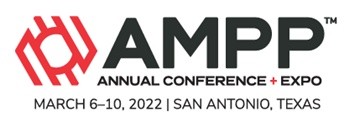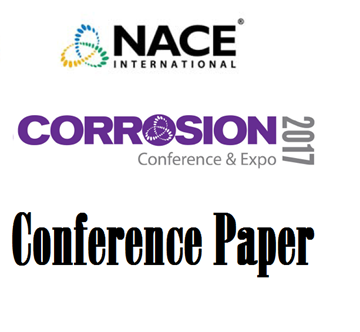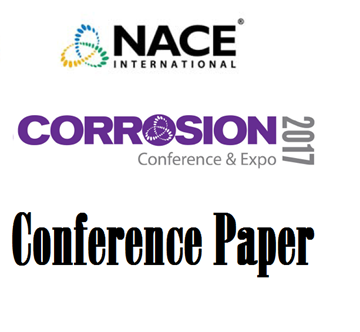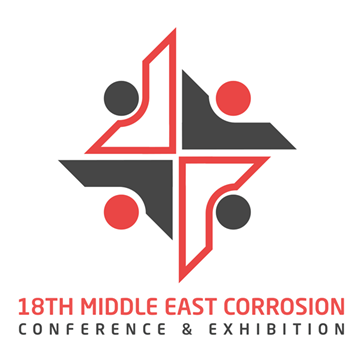Search
Products tagged with 'hic'
View as
Sort by
Display
per page
Impact Of Material Properties Of Thick-Wall X65 TMCP Plate Steel For Sour Service
Product Number:
51322-17917-SG
Publication Date:
2022
$20.00
In-situ 3D Analysis of Hydrogen Induced Cracking Behavior in Linepipe Steels to Investigate Sour Environmental Severity
Product Number:
51321-16383-SG
Publication Date:
2021
$20.00
Long-Term Performance of HLP Solution for Mildly Sour HIC Testing
Product Number:
51317--9129-SG
ISBN:
9129 2017 CP
Publication Date:
2017
$20.00
New Axially Loaded Full Ring Test Method for Assessment of Susceptibility of Girth Welds and Parent Pipe to Sour Service Cracking
Product Number:
51317--8965-SG
ISBN:
8965 2017 CP
Publication Date:
2017
$20.00
Role of Non-Metallic Inclusions and the Microstructure Constituents on HIC Performance
Product Number:
MPWT19-14439
Publication Date:
2019
$0.00
Sour Environmental Severity Based On Hydrogen Permeability And HIC/SSC Susceptibilities
Product Number:
51321-16543-SG
Publication Date:
2021
$20.00
Strategies to Control and Minimize Corrosion and HIC Damage Found in Amine Absorber HIC Resistant Steels
Product Number:
MECC23-20093-SG
Publication Date:
2023
$20.00
Vessels Replacement Program to Enhance Safety and Reliability
Product Number:
MPWT19-15496
Publication Date:
2019
$0.00









